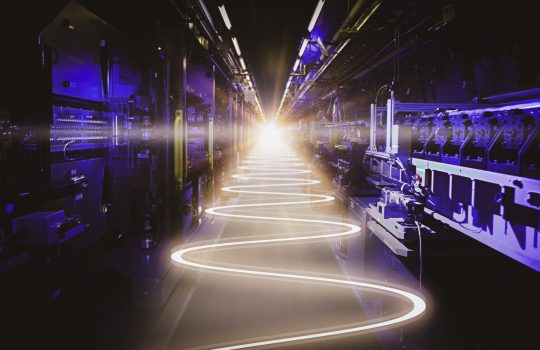Particle physicists prove that antimatter doesn’t “fall up”
Sept. 27, 2023
From Big Think: Is it true, what goes up must come down? Don Lincoln explores the ALPHA collaboration’s use of CERN’s Antimatter Factory to test if antimatter might experience gravity in a manner opposite of ordinary matter. The conclusion: antimatter does not fall upward.

